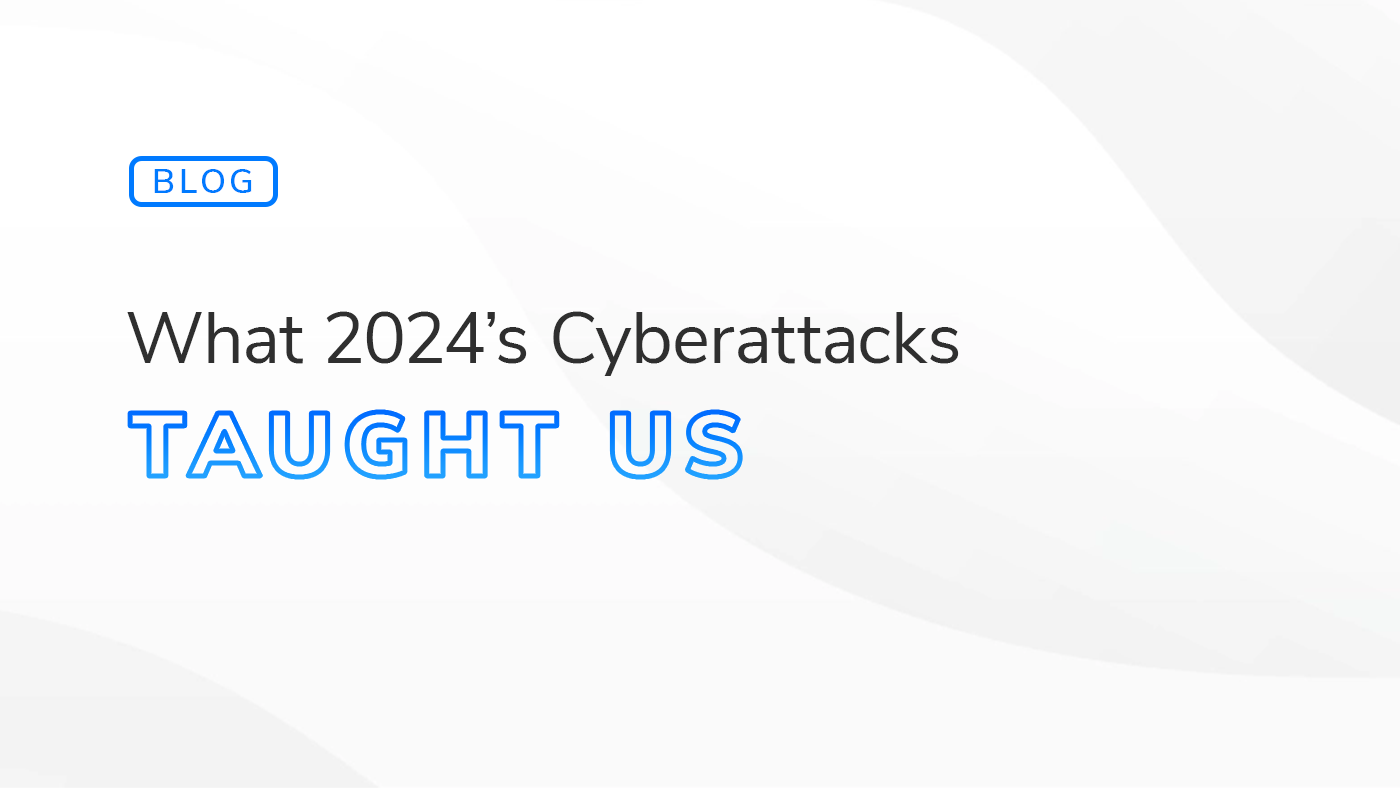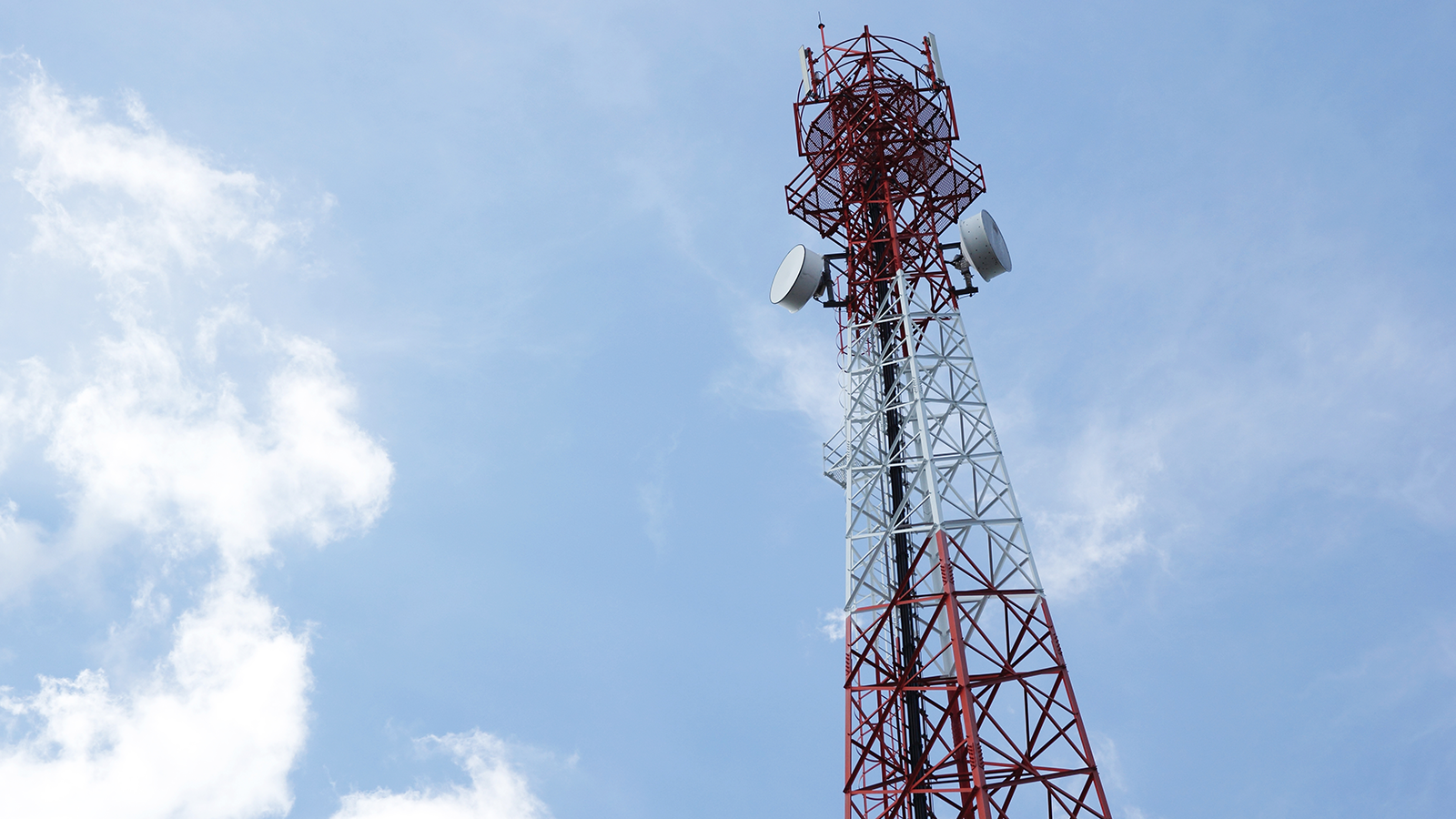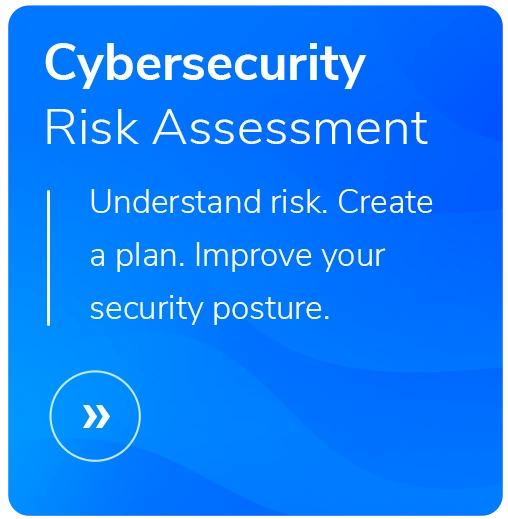Learning from 2024’s Cyberattacks to Secure Your 2025
- Read Time: 4 mins

2024 was another banner year for cyberattacks—not in a good way.
From global healthcare disruptions to nation-state espionage campaigns, the scale and sophistication of these attacks pushed the boundaries of what cybersecurity professionals could anticipate.
Below, we examine 7 of the most significant cyberattacks of the year, what they reveal about modern cybersecurity challenges, and how you can fortify your organization for the future.
Key Takeaways from Recent Cyberattacks in 2024
- Salt Typhoon Espionage Campaign: Reinforced the need for zero-trust frameworks and encrypted communication to mitigate nation-state espionage risks.
- CrowdStrike Update Mishap: Highlighted the importance of redundancy, rigorous testing, and incident response plans to handle supply chain risks.
- Ukrainian Hackers Disrupt Russian Media: Emphasized the importance of operational resilience through backups and DDoS testing.
- Change Healthcare Ransomware Attack: Demonstrated the value of MFA and endpoint detection tools in preventing and mitigating credential-based attacks.
- Snowflake Data Breach: Underlined the importance of encrypting stored data and enforcing strict access controls for third-party platforms.
- Port of Seattle Cyberattack: Highlighted the critical need for penetration testing and enhanced monitoring in public-facing infrastructure.
- Iranian Hackers Target Aviation: Stressed the value of phishing awareness and regular training to counter social engineering.

Salt Typhoon Espionage Campaign
What Happened: Chinese state-sponsored hackers infiltrated telecommunications providers across more than 20 countries, including the U.S., stealing sensitive call data, law enforcement requests, and private communications of political figures.
Impact: The ongoing campaign raised alarms about the vulnerability of critical communication networks, with far-reaching implications for national security.
Lesson: No industry is immune from espionage, especially those that serve as gateways to sensitive information.
Protective Measure: Implement zero-trust frameworks and network segmentation to limit the impact of breaches. Encrypt all data in transit and at rest.
CrowdStrike Update Disaster
What Happened: A faulty software update from CrowdStrike caused a global outage, disrupting systems globally—hitting the healthcare and aviation industries particularly hard. Over 8.5 million devices were affected, with damages totaling $5.4 billion (and counting).
Impact: The incident highlighted the risks within software supply chains.
Lesson: Even trusted tools can fail. Redundancy and thorough testing are essential.
Protective Measure: Build fail-safes into critical systems and if haven’t done one recently, complete a Business Impact Analysis.
Ukrainian Hackers Disrupt Russian Media
What Happened: Ukrainian hackers crippled Russian state media and judicial systems on Vladimir Putin’s birthday, halting court operations and interrupting streaming services for several days.
Impact: The incident highlighted the growing role of cyber warfare in geopolitical conflicts.
Lesson: Protecting data is important—but complete cyber defense is also about ensuring operational continuity.
Protective Measure: Regularly back up critical systems and conduct resilience testing, including simulated DDoS attacks.
Change Healthcare Ransomware Attack
What Happened: A ransomware attack delayed prescriptions nationwide and led to the largest known breach of U.S. healthcare records, affecting 100 million individuals.
Impact: The fallout exposed the devastating consequences of inadequate access controls in healthcare.
Lesson: Credential theft remains a top tactic for ransomware groups, and healthcare data continues to be a lucrative target.
Protective Measure: Strengthen multi-factor authentication (MFA) and employ endpoint detection tools to quickly detect and isolate compromised accounts.
Snowflake Data Breach
What Happened: Threat actors exploited stolen credentials to breach customer data on the Snowflake platform, leading to secondary breaches at Ticketmaster and Santander, among others.
Impact: The cascading effect impacted millions of users across various industries.
Lesson: Third-party platforms can amplify the scale of a breach.
Protective Measure: Encrypt stored data, implement strict third-party access controls, and monitor for unusual activity.
Port of Seattle Cyberattack
What Happened: Ransomware disrupted operations at Seattle-Tacoma International Airport during the busy Labor Day holiday, causing delays and IT outages.
Impact: Travelers faced chaos, and confidence in critical infrastructure security took a hit.
Lesson: Public-facing infrastructure is increasingly a target for ransomware gangs.
Protective Measure: Conduct regular penetration testing on operational technology (OT) systems and enhance monitoring to catch threats early.
Iranian Hackers Target Aviation Industry
What Happened: Iranian attackers used LinkedIn phishing schemes to infiltrate aerospace industries in multiple countries, stealing defense-related data.
Impact: The attacks compromised sensitive industry information and once again showed the power of social engineering.
Lesson: Sophisticated phishing remains a highly effective attack vector.
Protective Measure: Regularly train employees on phishing awareness and conduct simulated phishing tests to reinforce best practices.
Learn from 2024’s Cyberattacks and Become Better Protected in 2025
2024’s cyberattacks—like so many previous years—prove one thing: no business, organization, or government entity is immune. The stakes are higher, the tactics more sophisticated, and the impacts more devastating. However, by learning from these incidents and proactively strengthening defenses, organizations can reduce their exposure to future attacks.
Don’t wait to become a cyberattack statistic, contact HBS today and be prepared.








